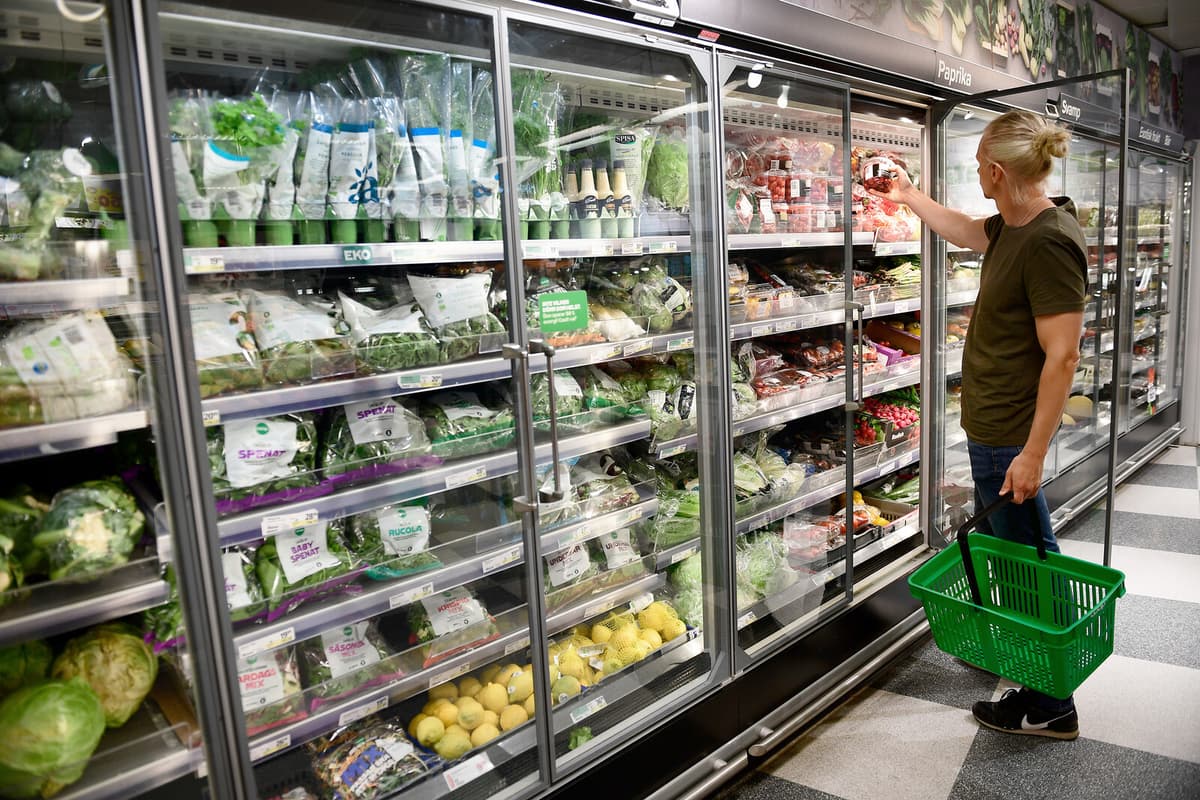Since the spring, price increases have been relatively small and in some places, there have even been price reductions, and the trend continues into July.
July is a holiday month when normally there are not such large price changes, says Ulf Mazur, CEO and founder of Matpriskollen.
A different business model
But Coop goes against the trend. There, prices have increased by 0.4 percent in July, when all other retailers have remained virtually still in their price levels.
At Coop, it is the associations that are responsible for pricing, and it is up to these associations to make it work for them. It is a different business model.
Then it differs between different Coop associations that adjust prices very differently, but at the same time, one can see that they have increased prices significantly more than, for example, Ica during the first half of 2025.
Among the products that have increased the most in price in the food industry in July are halva tablets, chocolate drinks, and meat. Vegetables, sausages, and spreads also increased slightly.
The price of beef is related to the fact that there is a shortage of cattle for slaughter in Sweden. Last year, Sweden was 57 percent self-sufficient in beef compared to 95 percent in 1995.
This year's harvest will be more expensive
Of the products that became cheaper, fruit tops the list, followed by olive oil and berries, especially strawberries, raspberries, and cherries. But when it comes to lingonberries and blueberries, significant price increases are expected.
When it comes to berries, we must remember that very few berry pickers come to Sweden this year, and that affects consumer prices. This year's harvest will likely be more expensive.
Ulf Mazur predicts that the largest price increases for food have reached a peak.
Yes, I think so. There are many factors that previously drove up prices that have now stabilized. We have a stronger krona, which should benefit imports, and energy costs are also lower.
At the same time, food prices are at historically high levels.
Looking back three years, prices have risen by almost 30 percent. This has made consumers more price-conscious, which increases competition and holds back price increases, says Ulf Mazur.
This is how the measurement methods differ between SCB and Matpriskollen:
SCB actually measures sales and actual prices, and is based on a certain basket of goods where different products "weigh" differently depending on how much of a particular product people buy.
The distribution of product groups in the basket for 2025 is determined based on consumers' purchasing patterns in 2023 (the nearest completed year) and the specific products in the selection are chosen based on data for both 2023 and 2024.
Matpriskollen is based on advertised regular prices for over 40,000 different products from the major chains. Matpriskollen thus measures prices, not actual sales.
Sources: SCB and Matpriskollen





